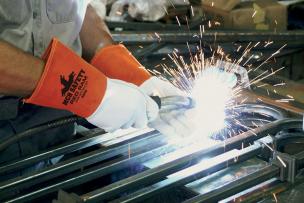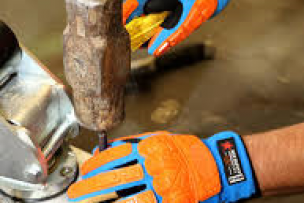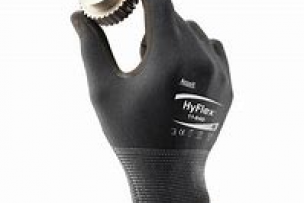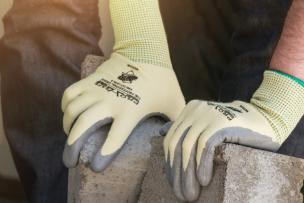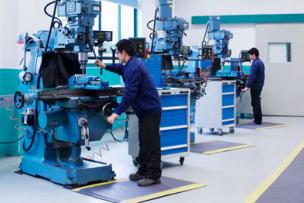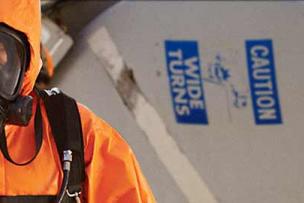There are 517,000 metalworkers working in the Fabricated Metal Product Manufacturing industry. These workers, along with anyone who has ever studied metalworking history, knows that technology is always changing.
Concrete laborers take on challenging projects involving significant amounts of risk. Working conditions range from cement burns to crush hazards, both major concerns for employers concerned with protecting their employees.
Fit testing can help ensure your employees are getting the most out of their hearing protection.
Cut-resistant gloves protect hands from injury, but to get the most from the gloves you buy, you need to know the level of protection you need, as well as other features that will help your workers get their jobs done safely and efficiently.
It’s no secret that we all deal with a need to multi-task as part of our daily lives, particularly when at work.
Cut resistant hand protection can be hard to choose. Use the checklist below to determine the correct protection level for your application.
The U.S. Bureau of Labor Statistics reports that 30% of injured workers were wearing the wrong type of glove for the job. Safety industry experts at PRO-SAFE® will work with you to find the right combination of cut resistance, grip, dexterity, coverage, thermal protection and weight for your specific needs.
Designed to reduce the impact of prolonged standing, anti-fatigue mats can make a measurable difference for facilities.
When it comes to workplace injuries, cuts and lacerations continue to be a frequent issue, posing a major risk to both workers and employers. Statistics on workplace injuries indicate that on average, cuts and lacerations resulted in six lost working days for the injured worker and cost employers an average of $22,000 per incident.
DuPont™ Tyvek® offers an ideal balance of protection, durability and comfort. With protection built right into the fabric, it’s a suitable garment for jobs requiring a barrier against hazardous dry particulates, aerosols and non-hazardous light liquid splash. There are a lot of white suits out there, but only Tyvek® makes the difference.

